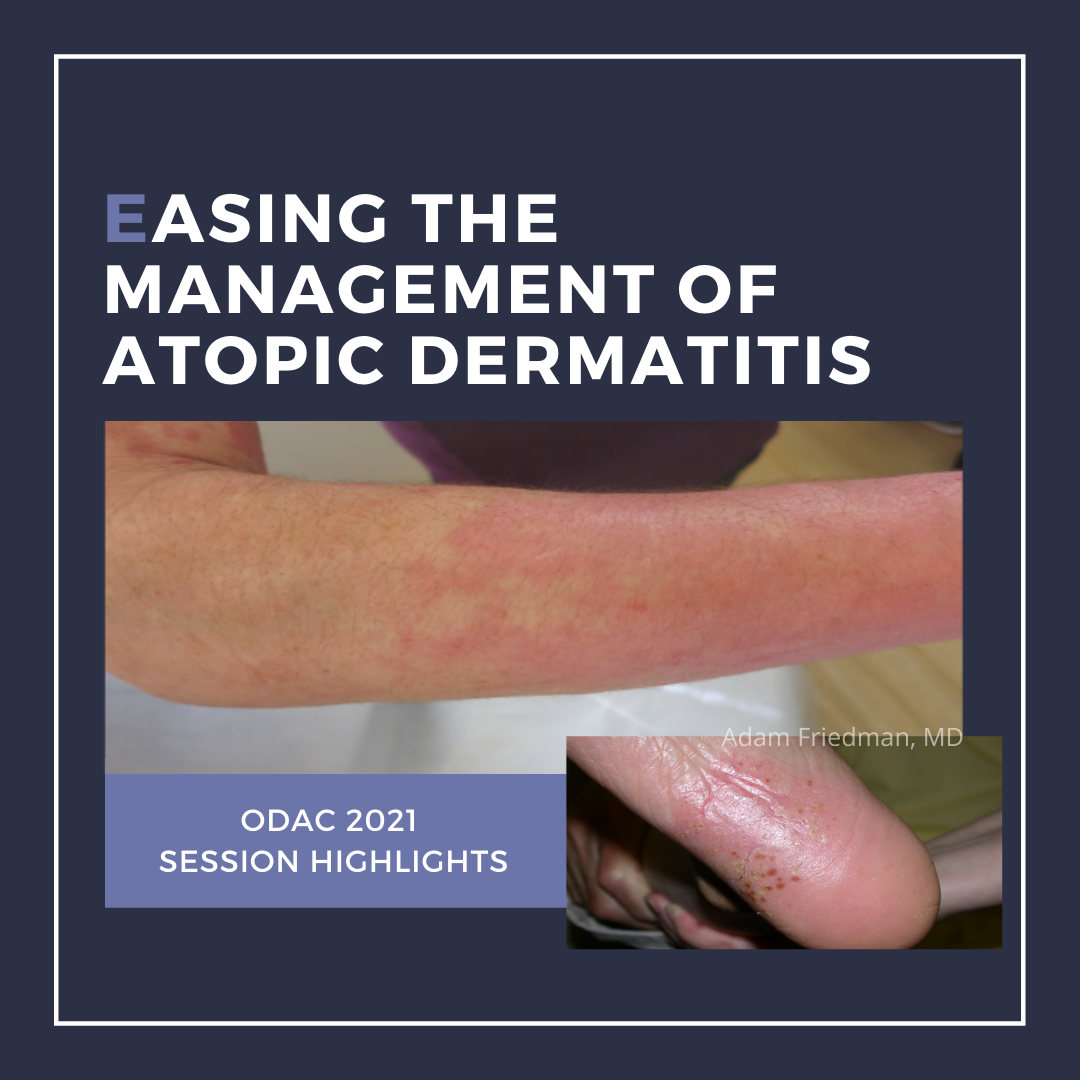Lessons from the Skin Microbiome: Innate Immunity, Skin Disease, and COVID-19
 While I was beginning the process of “scrubbing in” to assist in the hemicolectomy case as an intern, I carefully squeezed the anti-septic chlorhexidine-soaked sponge and watched the brown solution drip its way down my forearms. I continued the ritual by cleaning under the fingernails and on every plane of the fingers, hands, and forearms multiple times. After all; “Clean Hands Save Lives,� …
While I was beginning the process of “scrubbing in” to assist in the hemicolectomy case as an intern, I carefully squeezed the anti-septic chlorhexidine-soaked sponge and watched the brown solution drip its way down my forearms. I continued the ritual by cleaning under the fingernails and on every plane of the fingers, hands, and forearms multiple times. After all; “Clean Hands Save Lives,� …
 While I was beginning the process of “scrubbing in” to assist in the hemicolectomy case as an intern, I carefully squeezed the anti-septic chlorhexidine-soaked sponge and watched the brown solution drip its way down my forearms. I continued the ritual by cleaning under the fingernails and on every plane of the fingers, hands, and forearms multiple times. After all; “Clean Hands Save Lives,� …
While I was beginning the process of “scrubbing in” to assist in the hemicolectomy case as an intern, I carefully squeezed the anti-septic chlorhexidine-soaked sponge and watched the brown solution drip its way down my forearms. I continued the ritual by cleaning under the fingernails and on every plane of the fingers, hands, and forearms multiple times. After all; “Clean Hands Save Lives,� … Continue reading "Lessons from the Skin Microbiome: Innate Immunity, Skin Disease, and COVID-19"


 Dr. Friedman, jack of many trades, Professor and Interim Chair of Dermatology at George Washington University provided an excellent overview of ways to achieve victory over atopic dermatitis (AD). This expert discussion took place during the ODAC Inflammatory Diseases Symposium on December 3, 2020.
How could we possibly cover atopic dermatitis in 20 minutes? Well, Dr. Friedman skillfully led us …
Dr. Friedman, jack of many trades, Professor and Interim Chair of Dermatology at George Washington University provided an excellent overview of ways to achieve victory over atopic dermatitis (AD). This expert discussion took place during the ODAC Inflammatory Diseases Symposium on December 3, 2020.
How could we possibly cover atopic dermatitis in 20 minutes? Well, Dr. Friedman skillfully led us …  The February issue of the Journal of Drugs in Dermatology features an outstanding line-up of articles with topics ranging from acne and depression to "Inflammaging. Straight from the JDD Editor’s desk, we share this month’s issue highlights:
Efforts are needed to implement a clinically useful definition of moderate plaque psoriasis in Dermatologists’ Perspectives on Defining Moderate Ps …
The February issue of the Journal of Drugs in Dermatology features an outstanding line-up of articles with topics ranging from acne and depression to "Inflammaging. Straight from the JDD Editor’s desk, we share this month’s issue highlights:
Efforts are needed to implement a clinically useful definition of moderate plaque psoriasis in Dermatologists’ Perspectives on Defining Moderate Ps …  VeryWell Health recently posted an article about a study that showed stress from COVID-19 -- and perhaps the virus itself – may be leading to an increase in hair loss cases.
For an expert opinion, I contacted Chesahna Kindred, MD, MBA, FAAD, a dermatologist in practice in Columbia, Md.
Has the pandemic led to an increase in telogen effluvium?
Absolutely. I noticed an increase in te …
VeryWell Health recently posted an article about a study that showed stress from COVID-19 -- and perhaps the virus itself – may be leading to an increase in hair loss cases.
For an expert opinion, I contacted Chesahna Kindred, MD, MBA, FAAD, a dermatologist in practice in Columbia, Md.
Has the pandemic led to an increase in telogen effluvium?
Absolutely. I noticed an increase in te …  During the 2021 ODAC Dermatology, Aesthetic and Surgical Conference held virtually on January 14th-17th, dermatologists from around the country submitted newly published research findings and novel therapeutics in the areas of acne and rosacea, all presented as part of a virtual scientific poster gallery. We share the highlights of each poster below!
Efficacy and Safety of Narrow-spectrum Oral …
During the 2021 ODAC Dermatology, Aesthetic and Surgical Conference held virtually on January 14th-17th, dermatologists from around the country submitted newly published research findings and novel therapeutics in the areas of acne and rosacea, all presented as part of a virtual scientific poster gallery. We share the highlights of each poster below!
Efficacy and Safety of Narrow-spectrum Oral …